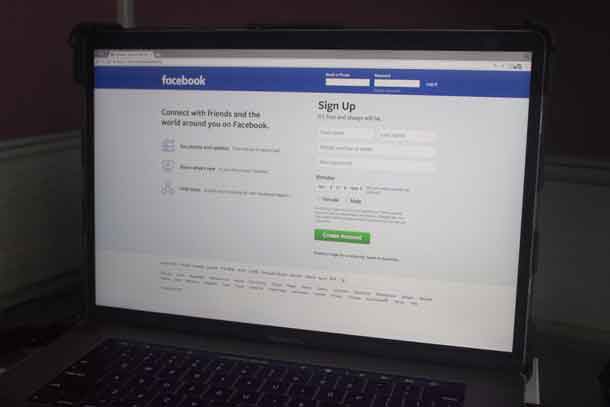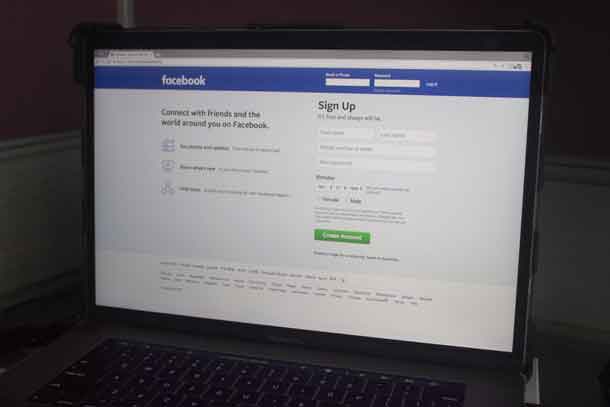 The truth is that gathering and deploying information to influence people’s voting behaviour has long been a staple of politics
The truth is that gathering and deploying information to influence people’s voting behaviour has long been a staple of politics
By Pat Murphy
Columnist
OTTAWA – If you were an innocent in the world of politics, you might have been shocked by the Cambridge Analytica revelations. There are accusations of “harvesting the private information of millions of Facebook users” and then deploying it to “wage psychological warfare against American democracy.”
But let’s be candid: At its core, the handwringing horror is bunk.
First, though, a couple of stipulations.
It’s been suggested that the data was only approved for academic purposes and thus shouldn’t have been used for political targeting. If so, Cambridge Analytica may be liable.
It’s also been suggested that Facebook was complicit or negligent in permitting this. That, too, could have repercussions.
However, these considerations are separate from the outrage about “weaponizing information” and launching “data wars.” The truth is that gathering and deploying information to influence people’s voting behaviour has long been a staple of politics.
One of the “alarming” techniques highlighted is the use of psychographics. Purportedly, Cambridge built psychographic profiles of 50 million Americans and those profiles were used to manipulate people into voting for Donald Trump.
This formulation is a tad disingenuous.
Like beauty, whether voters are manipulated, influenced or persuaded is in the eye of the beholder. If your guy is doing it, you consider it an indication of how smart he is. But if it’s the other guy, then he’s a manipulating villain.
And although it may sound ominous, psychographic profiling is just another analytical tool. Whereas demographic profiling looks at people in terms of variables such as age and gender, psychographics are interested in attributes like personality, values, attitudes, interests, and lifestyles.
In both cases, it’s a matter of trying to understand what makes your potential audience tick and then using those insights to influence their behaviour. The goal may be to encourage the purchase of a particular product or to generate support for a political candidate. But unless you think of adults as helpless children who need to be protected from the world, the process is just business as usual.
Probably the first significant instance of politically applying modern persuasion techniques to influence voting was the famous pair of September 1964 TV ads associating Republican presidential candidate Barry Goldwater with nuclear conflagration. Crafted at the Democrats’ behest by the advertising agency Doyle Dane Bernbach, the ads had a devastating effect. Or as Democratic incumbent Lyndon Johnson privately put it, “I guess it did what we Goddamned set out to do, didn’t it.”
And the apotheosis of modern media deployment came with U.S. President Barack Obama’s 2012 re-election campaign. Building on what they’d done in 2008, the campaign created a digital operation that, in the Guardian’s description, “combines a unified database on millions of Americans with the power of Facebook to target individual voters to a degree never achieved before.”
Sasha Issenberg wrote an admiring three-part series about this for the MIT Technology Review in December 2012. Describing the Obama campaign’s technological prowess at data mining and targeting, Issenberg had this to say:
“But underneath all that were scores describing particular voters: a new political currency that predicted the behaviour of individual humans. The campaign didn’t just know who you were; it knew exactly how it could turn you into the type of person it wanted you to be.”
Granted, the Obama campaign had consent from at least some of the Facebook users. However, there’s a question as to whether they exceeded their data gathering remit.
Carol Davidsen was the Obama for America 2012 director of integration and data analytics. Recently, she observed how “Facebook was surprised we were able to suck out the whole social graph, but they didn’t stop us once they realized that was what we were doing.”
As to why Facebook didn’t intervene, Davidsen notes that when they came to the office after the election, they “were very candid that they allowed us to do things they wouldn’t have allowed someone else to do because they were on our side.”
Here’s the bottom line:
If you’re going to be credibly outraged at information being used to influence voting behaviour, it’s best to be consistent in your outrage. It can’t really be smart when your guy does it and villainous when the other guy follows suit.
What’s creepy behaviour for the goose is similarly creepy for the gander.
Columnist Pat Murphy casts a history buff’s eye at the goings-on in our world. Never cynical – well, perhaps just a little bit.
© Troy Media
The views, opinions, and positions expressed by all columnists and contributors are the author’s alone. They do not inherently or expressly reflect the views, opinions and/or positions of NetNewsLedger.






